Here‘s a link to the layered psd file with all the images in this post. As before, I recommend that you look at it if you wish to form your own judgements about these images.
At f/2 in the upper right corner, the NEX-7 is substantially sharper, but has lower contrast:
RX-1 f/2
NEX-7 f/2
Both cameras pick up sharpness as we move to f/2.8, with the NEX-7 remaining ahead:
RX-1 f/2.8
NEX-7 f/2.8
It’s pretty much a wash at f/4:
RX-1 f/4
NEX-7 f/4
There’s a big improvement in the RX-1 at f/5.6, with the NEX-7 staying about the same. The RX-1 is now delivering substantially superior performance:
RX-1 f/5.6
NEX-7 f/5.6
At f/8, the NEX-7 is about the same as at f/5.6. So is the RX-1:
RX-1 f/8
NEX-7 f/8
At f/11, the NEX-7 is getting mushy. The RX-1 is softening, too, but not nearly as badly:
RX-1 f/11
NEX-7 f/11
It’s interesting that the two worst images in the series, the NEX-7 at f/11 and the RX-1 at f/2, offer about the same image quality. Could the RX-1’s soft corners wide open be caused by field curvature? Possibly. If I get the time, I’ll run a test.
My take is that the RX-1 offers better image quality than the NEX-7 at the apertures you’re likely to use most – a couple of stops to four stops down from wide open – but that the differences, while consequential, aren’t striking until you get past f/8.
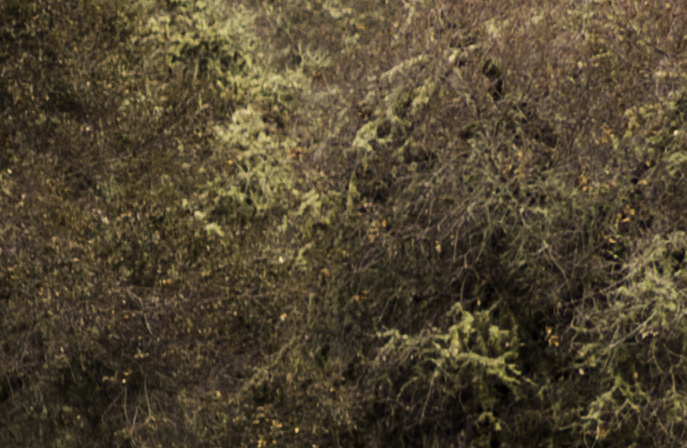
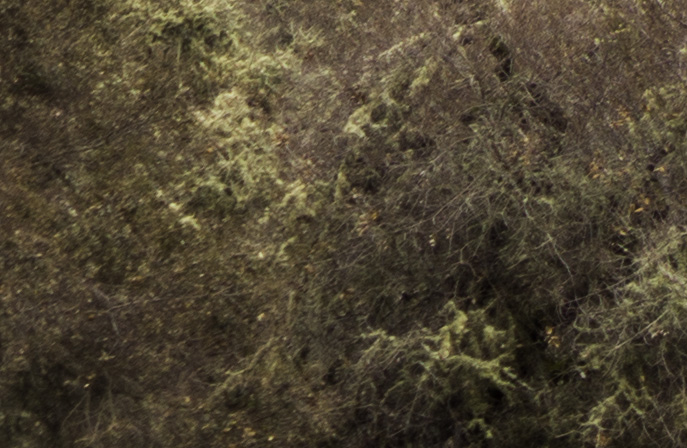
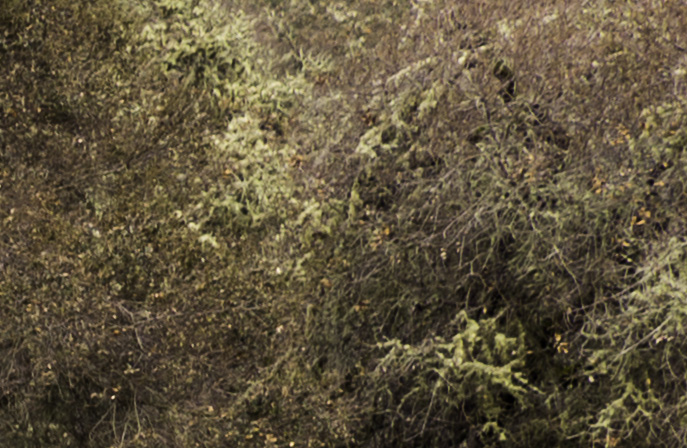
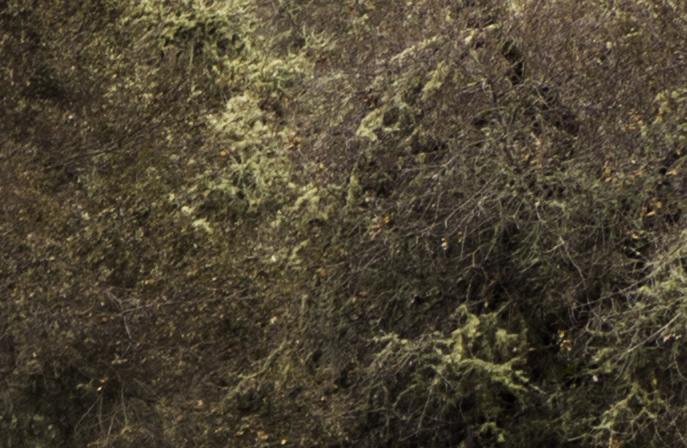
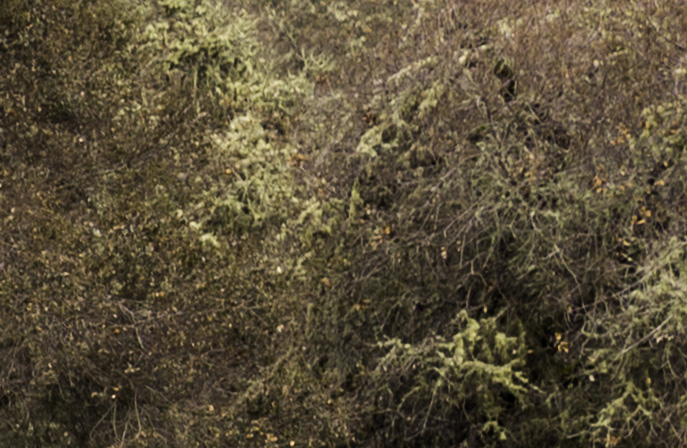
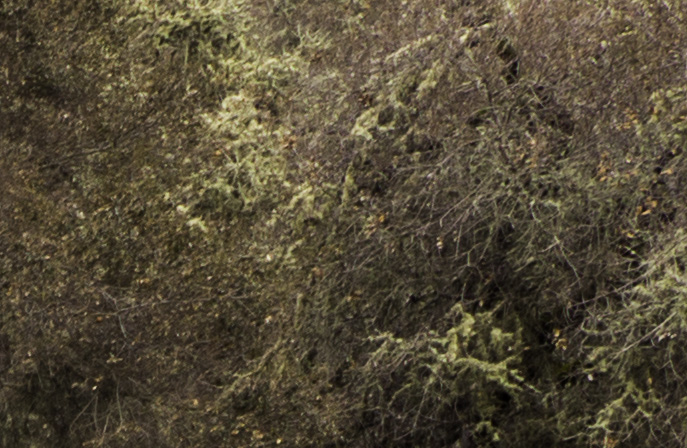
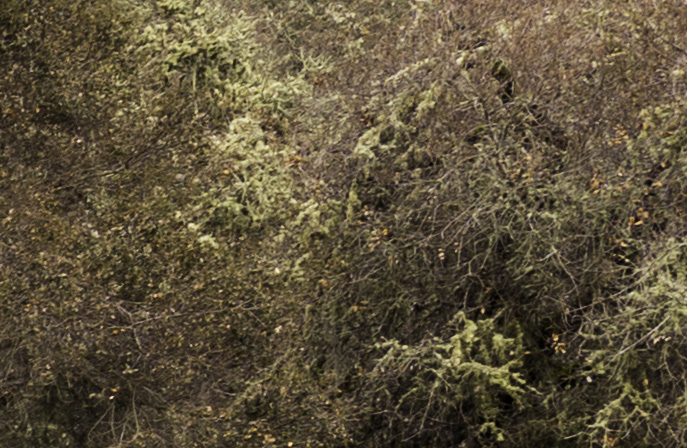
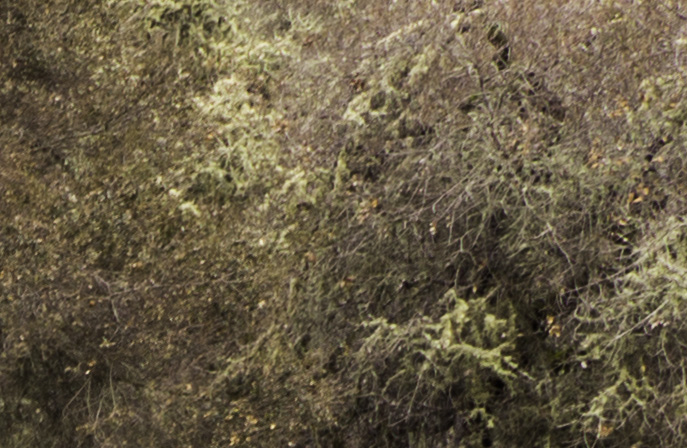
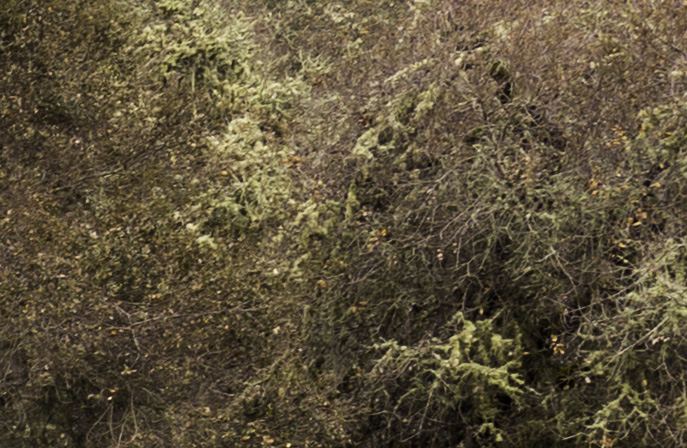
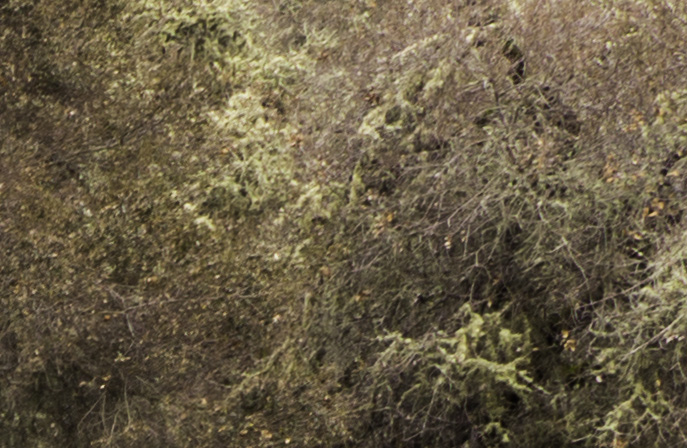
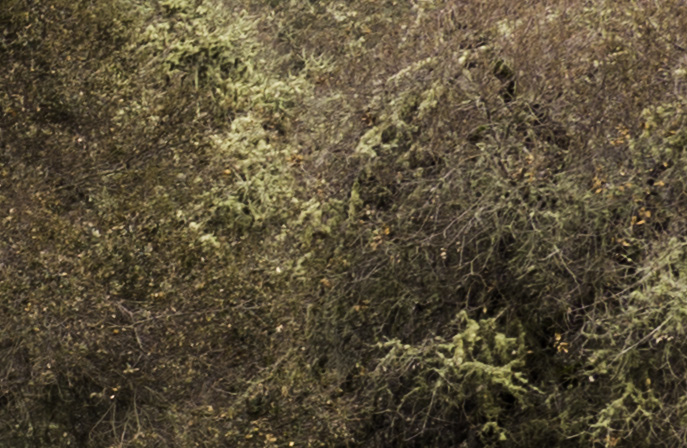
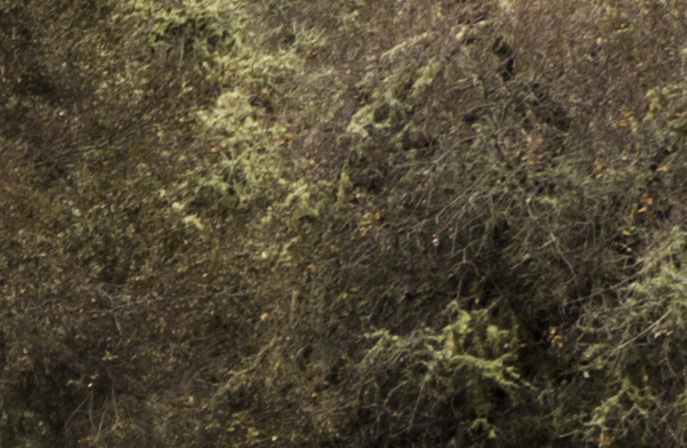
Once again… comparing the RX1 wide open (and f/1.4 crop sensor equivalent) to the NEX 24mm not wide open (and f/4 FF equivalent) seems to make me scratch my head what you are trying to show here? At a minimum you could show both wide open and work up from there. No wonder the 24mm seems to compare best vs. the RX1 at the wider apertures and then falls apart vs. the RX1 at the smaller apertures. If an appropriate comparison was done, starting at f/1.8 for the 24mm and f/2.8 for the RX1 through the spectrum, the RX1 would clean the floor with the Zeiss 24mm/NEX combo.